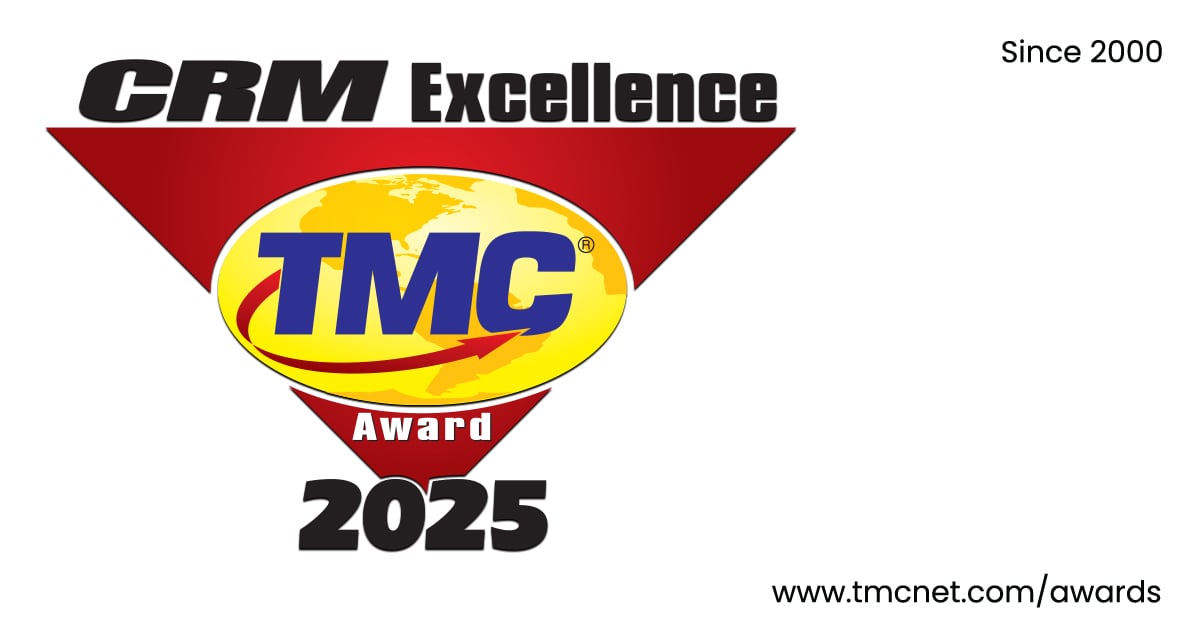
With increased competition, strong customer service has become critical to a company's success. However, a desire for customer-centricity and a firm's capacity to realize it is frequently the differentiator between market leaders and those lagging.
Many firms struggle to meet, let alone exceed, customer expectations. One of the primary reasons for this is a failure to use feedback to diagnose and repair the root cause of customer complaints correctly. The following strategies, when utilized correctly, can overcome the most prevalent hurdles to the customer experience.
1. Keeping Your Promise
The key to providing high-quality customer service is for a business to examine its service offerings systematically, effectively and honestly to market those capabilities and then live up to that pledge. Most clients are satisfied with a 'delivery of your promise' approach rather than being amazed. Before going the extra mile, organizations should focus on attaining the baseline standard for good customer service.
It is safe to assume that honoring commitments to consumers should be at the heart of everything a company does, including its customer service. Customers are largely aware that service gaps and issues happen. Customers are willing to forgive if they feel the company goes to the necessary lengths to make amends. Breaking promises to clients is a guaranteed method to drive them away and ensure they never return. Customers become profitable and loyal to firms they like and trust. These feelings arise only when a company can execute what it promised at the beginning of the relationship.
2. Managing it In-House
When it comes to running a customer care team, time is of the essence. Even if your customer service department consists of only two individuals, it must be handled. Your company's customer relationships are far too crucial to avoid.
As your company expands, you or your small team may be unable to handle increased customer support demands. However, your sales may not be expanding quickly enough to pay the expense of employing staff to handle inbound inquiries. It is preferable to outsource your team and have someone devoted to addressing consumer concerns rather than assuming you can do it yourself.
Even though having an in-house customer service team sounds very enticing and convenient for a business, an increasing number of firms are turning to customer service outsourcing tactics. In business, "outsourcing" means delegating tasks to an outside contractor (a firm or a freelancer) who is usually more cost-effective and has greater experience doing a specific activity. In this manner, you complete the task while freeing up time for other pressing matters. Not to mention that outsourcing can save you a lot of money by allowing you to recruit specialists from all over the world.
So, how would an outsourced solution be a suitable fit for your company? It all relies on the sort of product or service you provide. Companies that manufacture consumer goods frequently outsource their customer service workforce. However, many SaaS, software, fintech, gaming, and other IT firms also prefer to outsource.
3. Gaining Insights
Customer satisfaction is increasingly a make-or-break aspect of business success. As businesses place a greater emphasis on the customer, customer experience teams must understand what their consumers are doing and how it affects their business. Customers today expect a consistent, high-quality experience as they connect with your company across an ever-expanding range of touchpoints and channels. Because traditional tactics do not work, prominent firms are now employing customer journey analytics to fulfill the needs of their customers and their businesses.
Every customer journey is distinct—a one-of-a-kind series of encounters that take place over time. Journey analytics is a data-driven method that allows you to examine millions of distinct customer journeys to determine what your consumers are doing. It assists you in determining which aspects you need to improve to positively influence the metrics by which you are measured.
Also, keep in mind that customer journey analytics is not a one-size-fits-all solution to a single problem. It consists of many strategies that can be used to address a wide range of CX issues, from understanding and conveying consumer behavior to automating personalized interactions across channels and touchpoints.
4. Proper Training
If you want your organization to give excellent customer service, you must teach and educate your employees. Training classes teach new skills and information and reinforce the attitude that the customer comes first and to learn how to use new technology connected to your business. Fortunately, there are numerous customer service courses available on the market today, ranging from standard e-learning to game-based and team-building learning options.
5. Utilizing Social Media
Building relationships with customers through social media and managing these channels is critical to a brand's success. Social media can positively influence sales and, to a large extent, brand loyalty and connection. Although social media is no longer new, its difficulty to customer care teams remains a hindrance.
When unhappy customers cannot get a response through traditional methods, they turn to social media as a last resort. It is now the first choice for individuals who prefer to avoid phone or emails or want to capitalize on the open nature of these platforms. Social media customer support is highly effective because it allows clients to reach out to your staff on platforms they already use.
Customer Care
Today's customer service teams confront numerous obstacles, ranging from developing a social media-friendly customer service approach to achieving increasingly high client expectations. All while carefully tracking the information involved in each engagement to be leveraged to drive business improvements.
Organizations in all industries can overcome these obstacles by fostering a culture in which customer service is valued from the top down. However, it is important to ensure that they have the people, procedures, and platform in place to provide the service that customers now expect and want.





